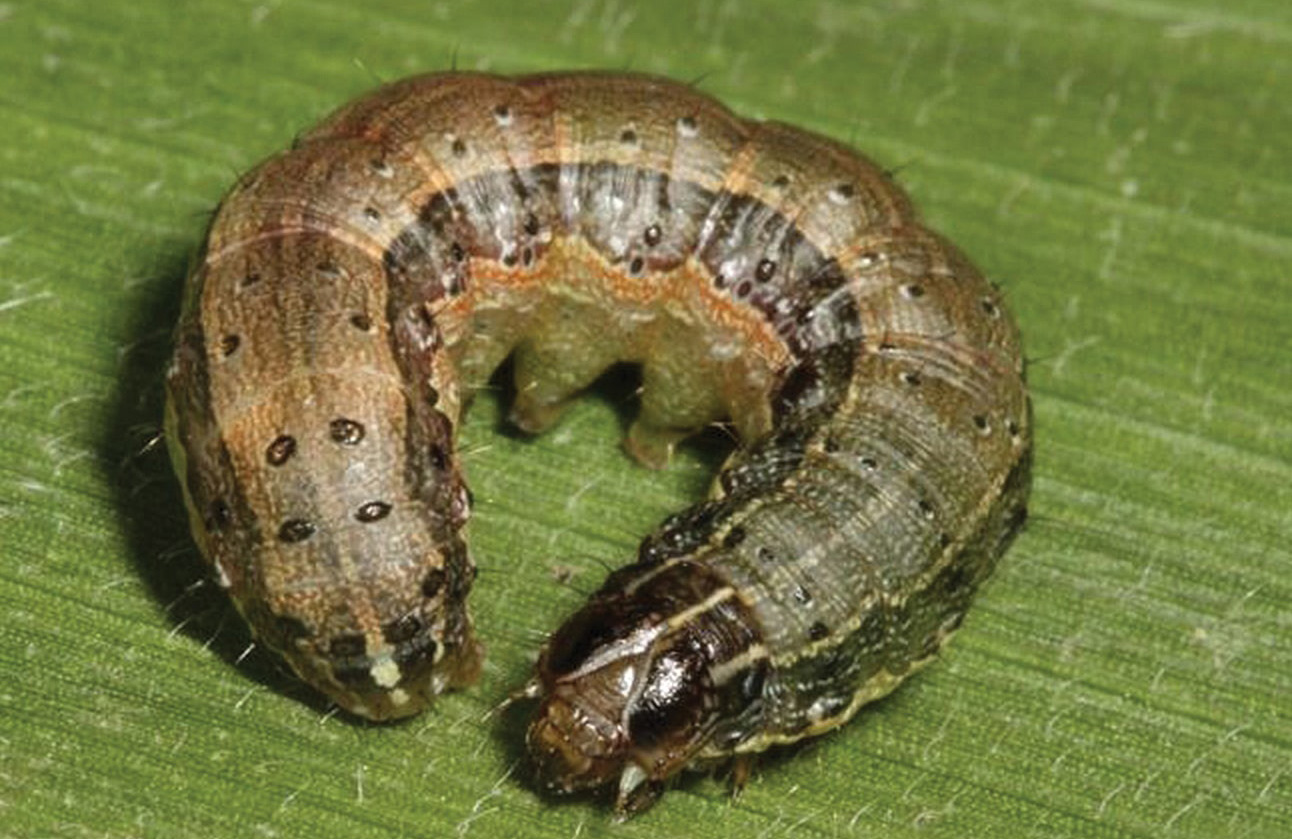
Crop monitoring key to fall armyworm management
21 Apr 2021

NSW Department of Primary Industries (DPI) and North Coast Local Land Services (LLS) have urged producers to monitor crops for fall armyworm damage this autumn to help develop a better understanding of the behaviour of the voracious pest in local farming systems.
NSW DPI research entomologist, Lisa Bird, said fall armyworm has been found in most areas of NSW and monitoring on the north coast indicates the pest is still present.
“Because the pest is new to Australia, we need to continue to build our knowledge of its behaviour and identify the crops and plants it may target in local environments,” Dr Bird said.
“We encourage producers across the state to look out for crop damage from the pest, take photographs and send the information to us.
“NSW DPI and North Coast LLS are working with growers and industry to keep them informed of recommended management strategies and minimise the biosecurity impacts.”
Producers can send images and information about fall armyworm presence and the type of crops or plants larvae have damaged to fallarmyworm@dpi.nsw.gov.au.
Dr Bird said genetic testing has indicated fall armyworm carry markers for resistance to organophosphate and carbamate insecticides and these chemicals are not recommended for larval control.
“The latest DPI research has found the carbamate resistance identified in the larvae is not expressed in moths,” she said.
“Attract and kill strategies using methomyl as a mixing partner may be a viable integrated pest management (IPM) strategy if implemented on an area-wide basis to suppress moth populations.
“It has the potential to reduce larval establishment in forage and silage crops where fall armyworm can be difficult to manage.”
DPI has found high levels of resistance to synthetic pyrethroids in fall armyworm and growers are advised to avoid these chemicals, which are ineffective in controlling the pest and harm beneficial insects.
Parasitic wasps have been active in controlling larvae in northern cropping systems and use of selective insecticide options can help conserve beneficial insects and help suppress fall armyworm as part of an IPM strategy.
Regular monitoring and a planned approach to insecticide selection using chemical rotation is required to minimise further resistance development and optimise the cost-effectiveness of insecticide applications.
The Australian Pesticides and Veterinary Medicines Authority has issued fall armyworm control permits, including permits for control in rice, sweetcorn, safflower and sunflower.
More information on identification, treatment options and resistance management is available on DPI and LLS websites. Farmers should contact LLS staff for advice on fall armyworm management.
High-res image available on request.
Media contact: (02) 6391 3686

